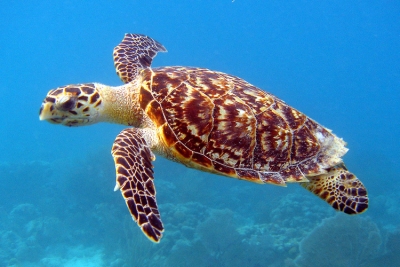Why is the Przewalski’s horse considered as an endangered animal?

The Przewalski’s horse is quite a strange name for an animal, isn’t? Not many of us have heard of the animal, mainly because not many exist today. Also known as the Dzungarian horse, these are a rare and endangered subspecies of wild horses, native to the steppes of Central Asia.
It is a relatively small member of the horse family, with a stiff, dark, upright mane and a height up to 1.4 metres. They were once found throughout Mongolia, Northern China, and some parts of Siberia. But at present, they can be spotted only on the plains and prairies of Mongolia. There is no evidence to show that the animal was ever domesticated, and so one can say a Przewalski’s horse is the only wild horse in the world today.
In the 1960s, the species was almost extinct in the wild, but was saved after a few individuals were reintroduced to their native habitats at the Khustain Nuruu National Park, Takhin Tal Nature Reserve, and Khomiin Tal in Mongolia. The main reasons for the disappearance were hunting for meat, and interbreeding with domesticated horses. Today, there are many zoos in the world where these horses are seen in small numbers.
Picture credit: google













